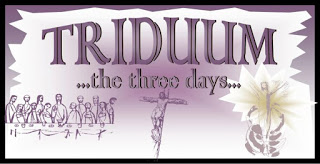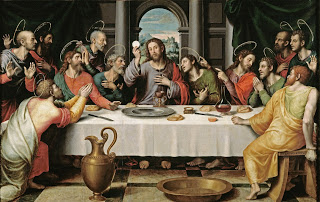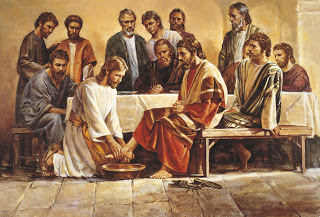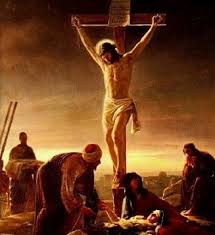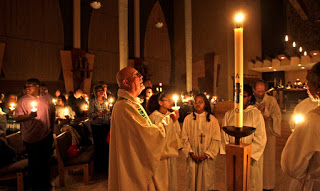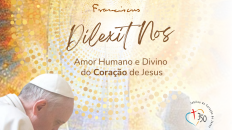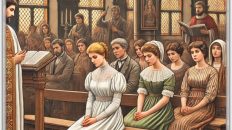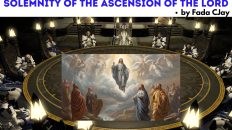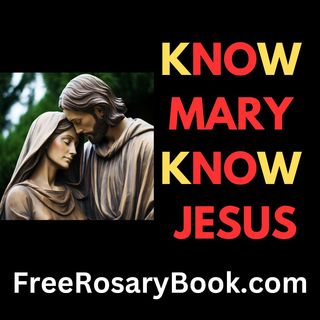THE GREAT EVENTS IN THE CATHOLIC CHURCH: EASTER TRIDUUM (HOLY THURSDAY, GOOD FRIDAY AND HOLY SATURDAY – EASTER VIGIL)
The word “Triduum” has a latin root. It is used to refer to a period of three days for prayer before a feast. In this light, Easter Triduum refers to the activities of the Church during the three days preceding Easter. Thus, we talk about Holy Thursday, Good Friday, and Holy Saturday.
Hence, Easter Triduum begins on Holy Thursday with the evening Mass of the Lord’s Supper, is continued through Good Friday with the celebration of the passion of the Lord, reaches its high point in the Easter vigil, and concludes with evening prayer on Easter Sunday.
The Season of Lent ends on Thursday of Holy Week. Then the Church remembers the death and resurrection of Jesus during the Easter Triduum. These three days are the most important time of the Church year.
HOLY THURSDAY: MASS OF THE LORD’S SUPPER
On Holy Thursday we remember the Last Supper and that Jesus gave himself in the Eucharist. We recall that Jesus chose his apostles to serve and lead the Church. Remembering that Jesus washed their feet at the Last Supper, the priest washes the feet of members of the congregation. Holy Thursday is a special day for all priests since it is a day to mark the beginning of the ordained priesthood.
The evening Mass of the Lord’s Supper on Holy Thursday is a beautiful and joyful celebration.
During the singing of the Gloria, the church bells are rung and then remain silent until the Easter Vigil of Holy Saturday night. Because Holy Thursday is a feast day of the Blessed Sacrament, there is a procession of the Eucharist after the Mass to an altar of repose set up for the occasion. Then the main altar is stripped bare.
GOOD FRIDAY: COMEMORATING THE LORD’S PASSION AND DEATH
On Good Friday we remember the death of Jesus. According to an ancient custom, Mass is not celebrated on this day or before the Easter Vigil on Holy Saturday.
The celebration of the Lord’s passion and death takes place in the afternoon. There are three parts to the liturgy of the day: the Liturgy of the Word; the Veneration of the Cross; and Holy Communion with Hosts consecrated on Holy Thursday.
HOLY SATURDAY: EATER VIGIL; THE MOTHER OF ALL CELEBRATIONS; MOST BLESSED OF ALL NIGHTS
On Holy Saturday the Church meditates on the suffering and death of Jesus. Then the Church gathers to celebrate the Easter Vigil. The celebration of the Easter Vigil should take place at night, beginning after nightfall or ending before the dawn of Sunday.
The Easter Vigil has four parts: The Service of Light; the Liturgy of the Word; the Liturgy of Baptism; and the Liturgy of the Eucharist.
During the Service of Light, all the lights in the church are turned off and a fire is prepared outside the church. Then the fire is blessed and the Paschal Candle is lighted from the new fire. The candle is carried into the dark church. It is a sign of Christ, the Light of the World, who has overcome the darkness of sin and death. The lighted Paschal Candle provides the only illumination. Then, from the flame of the Paschal Candle, members of the congregation light the small candles that they are holding. The flame is passed from person to person until everyone is holding a lighted candle. The light from the Paschal Candle and all the small candles provides the only illumination in the church during this portion of the liturgy. This section concludes with the singing of the Easter Proclamation, the Exultet.
– During the Liturgy of the Word, the story of God’s great love for us is proclaimed in readings from the Old and New Testaments. There are seven Old Testaments texts. Although it would be preferable that all seven Old Testament readings be proclaimed, the number of readings may be reduced if the circumstances necessitate. However, three Old Testament readings should be proclaimed. Minimally, two Old Testament readings must be proclaimed. The readings recall the great events of salvation, beginning with creation itself and were selected to dispose people to celebrate the sacraments of Christian initiation with great faith.
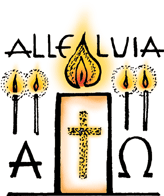
– During the Liturgy of Baptism, those who have been preparing for Baptism and their godparents are called forward. The priest and ministers then go to the baptismal font”, if this can be seen by the congregation. Otherwise a vessel of water is placed in the sanctuary. After the candidates are baptized, all present stand with lighted candles and renew their baptismal promises as a sign that they share the new life of Jesus through his resurrection. The newly baptized and confirmed await their first sharing in the Eucharist.
The Easter Vigil concludes with the celebration of the Eucharist. This is a joyous sharing in the sacrificial meal of Jesus Christ, Lord and Risen Saviour.
LITURGICAL COLOURS
On Holy Thursday for the Mass of the Lord’s Supper, white is used to signify the joyful events this liturgy recalls.
Red for the Good Friday liturgy signifies the passion and death of Jesus.
For the Easter Vigil, white signifies the joy of Christ’s resurrection. Gold may also be used since this is the most important and joyous celebration of the liturgical year.
SYMBOLS FOR THE EASTER TRIDUUM
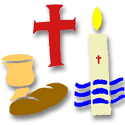
Bread and the cup of wine recall the institution of the Eucharist by Our Lord at the Last Supper.
The cross recalls the crucifixion and death of Jesus on Good Friday.
The Paschal Candle and water represent the light and new life of Christ’s resurrection and of our baptism.
 – During the Liturgy of Baptism, those who have been preparing for Baptism and their godparents are called forward. The priest and ministers then go to the baptismal font”, if this can be seen by the congregation. Otherwise a vessel of water is placed in the sanctuary. After the candidates are baptized, all present stand with lighted candles and renew their baptismal promises as a sign that they share the new life of Jesus through his resurrection. The newly baptized and confirmed await their first sharing in the Eucharist.
– During the Liturgy of Baptism, those who have been preparing for Baptism and their godparents are called forward. The priest and ministers then go to the baptismal font”, if this can be seen by the congregation. Otherwise a vessel of water is placed in the sanctuary. After the candidates are baptized, all present stand with lighted candles and renew their baptismal promises as a sign that they share the new life of Jesus through his resurrection. The newly baptized and confirmed await their first sharing in the Eucharist. Bread and the cup of wine recall the institution of the Eucharist by Our Lord at the Last Supper.
Bread and the cup of wine recall the institution of the Eucharist by Our Lord at the Last Supper.